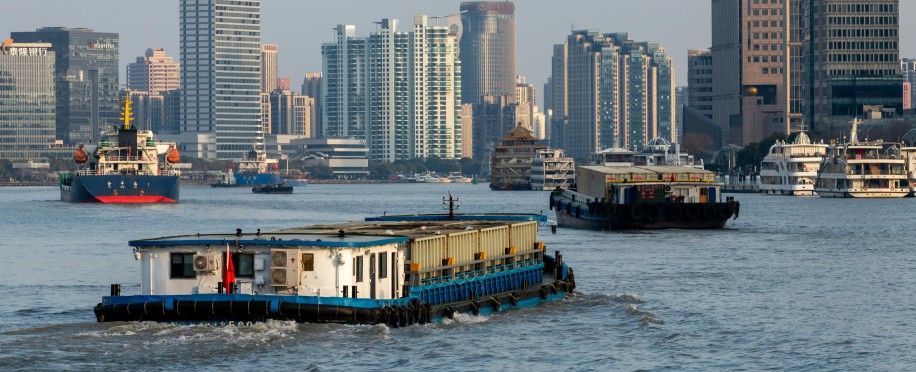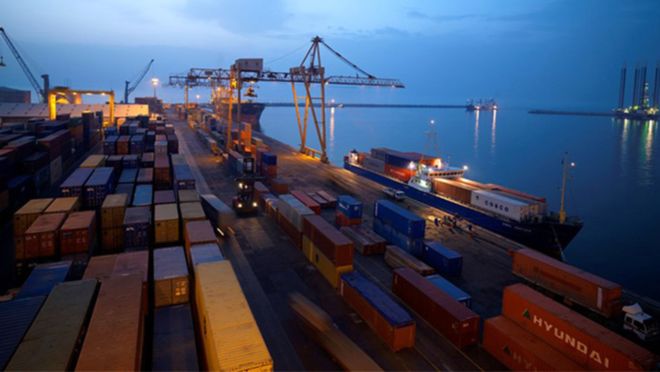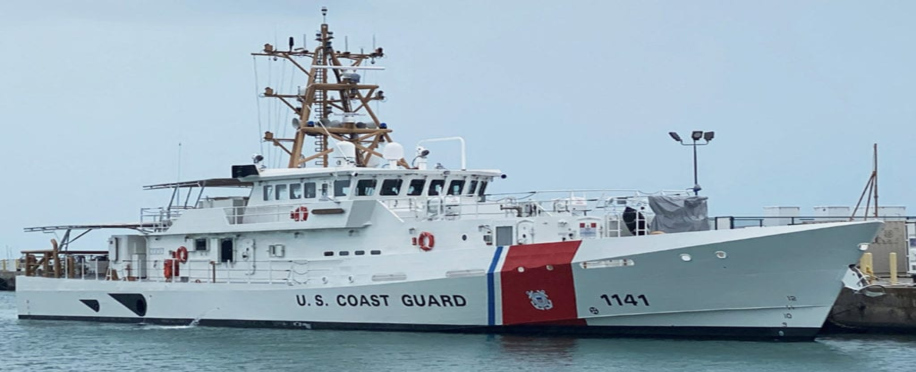The US's Proposal to Charge Chinese Ships High Port Fees May Cause Disruptions to the Indian Shipping Trade

Posted on Mar 10, 2025 at 11:03 PM
The implementation of the United States' intention to impose significant port fees on Chinese shipping companies and ships constructed in Chinese shipyards may disrupt India's maritime industry.
According to the U.S. Trade Representative (USTR), the U.S. would fine Chinese ships and ships with third-country flags that were built in China for $1 million or more per port of call in the United States.
The Global Shipbuilding Landscape
This is a major concern since almost half of all ships globally last year were built in China.
This expansion correlates with the continued revival of international trade following the Suez Canal Crisis. The US, on the other hand, sees the idea as a way to promote American shipbuilding while exerting control over Beijing's rapidly burgeoning marine industry, which produces hundreds of ships annually.
Moreover, given how much the Indian shipping industry depends on foreign vessels to transport Indian commodities to the United States, the proposal may have a negative impact on Indian shipments if it is implemented.
According to Flexport, a U.S.-based freight forwarding and logistics company, over 30% of the fleet of the top 20 ocean carrier companies is made up of Chinese vessels.
Considering that container vessels typically make two to three calls per loop, the tax may add more than $3 million per trip, which is substantial considering that each roundtrip generates $10–$15 million in income.
Shipping Training courses in Dubai will assist you in developing a solid foundation of vital skills and information necessary for success in all port levels and shipping positions. You will learn about the intricacies of foreign ports and shipping businesses, as well as the logistics aspects.

Changes in the Fleet Strategy
Ocean carriers would reroute certain shipments via ports in Canada and Mexico, followed by train and trucks, according to Flexport, if the idea is approved. These ports are unable to accommodate the volume now passing through U.S. ports, nevertheless, because to their low capacity.
Additionally, ocean carriers would probably use Japanese and Korean ships on U.S. commerce routes to maximise their fleets. Businesses with large fleets and few Chinese-built ships might offload these ships to stay out of trouble.
China has concentrated on shipbuilding, which has dramatically increased its market share. From less than 5% in 1999 to over 50% in 2023, it now owns more than 19% of the global commercial fleet as of January 2024. Furthermore, China produces 86% of the world's supply of intermodal chassis and 95% of shipping containers.
Read more news:


